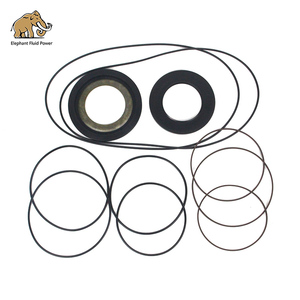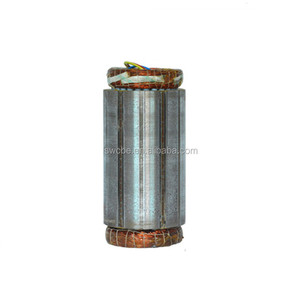(8950 products available)


















































































































































































Stator production is one of the core components of an electric motor and generator. There are several production methods available for stators, including:
Automatic Lathes
Automatic lathes used in stator production can be utilized for machined stator components. Typically, CNC (computerized numerical control) lathes have a cutting tool driven by computers to create various machined parts with an elevated level of accuracy.
Coating Production Line
The coating production line works with the assistance of robotics, thereby creating an automated process for stator manufacturing. In this type of stator production line, the coatings can be applied to stator components according to specific qualities and standards. The robotics strengths and effectiveness of the coating process are increased by precision techniques and programming, ensuring that the coatings are uniformly applied and that the stator components fulfill their performance criteria. The need for manual labor is decreased as the production line becomes more automated, which can lead to higher production rates, improved consistency, and streamlined operations.
Flexible Manufacturing Systems (FMS)
FMS provides a more adaptable stator production system than standard production lines. The basic element of FMS consists of a variety of computer-controlled machining equipment, such as lathes, milling machines, and drilling machines, as well as production equipment like as material transport systems and storage systems. These components work together to create an integrated manufacturing system that can be programmed to carry out a variety of machining processes on various types of product materials. This allows for flexible manufacturing capabilities. The technology for computer control and automation allows for remote control and automated operation of the entire manufacturing process. It not only has great flexibility and adaptability to different product materials and machining processes, but it also has high efficiency and precision, which can meet a variety of machining needs and quality standards.
Robotic Cells
In this type of stator production machine, robots are typically used as the main stator creation unit. Robotic cells can undertake handling, assembly, welding, and other operations after being programmed and outfitted with the proper tools and accessories. The flexibility and adaptability of robotic cells allow them to execute a variety of duties in the stator manufacturing process, providing for rapid changeovers and scalability to meet different production needs.
Gear Hobbing Machines
Generally, gear hobbing machines are used to cut gears in stator components. A gear-cutting technique called gear hobbing entails using a hob, a particular kind of rotary cutter, to produce gear teeth by rotating it on the gear blank. The gear profiles of various complexity levels may be produced using gear hobbing machines. Moreover, it is possible to shape the gear teeth with high precision and efficiency.
Electric vehicle industry:
As electric vehicles continue to gain popularity, the stator will play a crucial role in the production of EV energy converters and drive motors. This presents a massive opportunity for the market to flourish in the years to come.
Green energy markets:
Wind and hydro energy production heavily rely on generators, which consist of rotors and stators. The stator is the stationary part of the generator that produces electric current. With the rapid growth of the wind energy market, there is a high demand for stator production for wind power generators.
Traditional automobile industry:
The automobile industry's constant demand for motors creates an ever-increasing need for stator production.
Home appliance industry:
Many home appliances such as air conditioners, refrigerators, washing machines, and water pumps require motors. As a result, there is a massive demand for stators to support motor production.
Industrial automation:
Industry now widely uses motors for driving and regulating. Stator production is a frequent demand for various motors used in industrial automation.
Robot manufacturing:
Robots require motors for their movement and functioning. The motors are comprised of rotors and stators. The production of robot stators is in demand to meet the growing robotics market.
Medical device market:
Some medical devices such as ventilators, pumps, and imaging equipment need motors to work. Hence, there is a demand for stator production to support motor production for these medical devices.
Other emerging industries:
Emerging industries such as artificial intelligence, virtual reality, and the Internet of Things also drive the need for stator production. This is because motors are essential components of machinery and equipment used in these industries.
Apart from knowing the correct stator production process, buyers also need to know the factors to consider when choosing a stator manufacturing machine.
Q1: Which material is used for stator production?
A1: The stator of an electric motor is usually manufactured using a high-silicon special steel alloy. The material selection for the stator determines not only the overall performance but also the stability when in use.
Q2: How long does the stator take to charge?
A2: The average charge time for a stator battery is approximately 8-10 hours.
Q3: What are the reasons to buy electric stator production?
A3: The electric stator can serve several reasons. When the rotor spins, the stator creates a magnetic field that transfers current, which is the basic working principle of motors. Stators are found in various motors, including brushless DC motors, AC synchronous motors, asynchronous motors, etc., so buying them makes sense for businesses that need constant supply and depletion.
Q4: What does the stator consist of?
A4: The stator consists of the following parts: Armature, Windings, Core, Yoke, and Bearing.